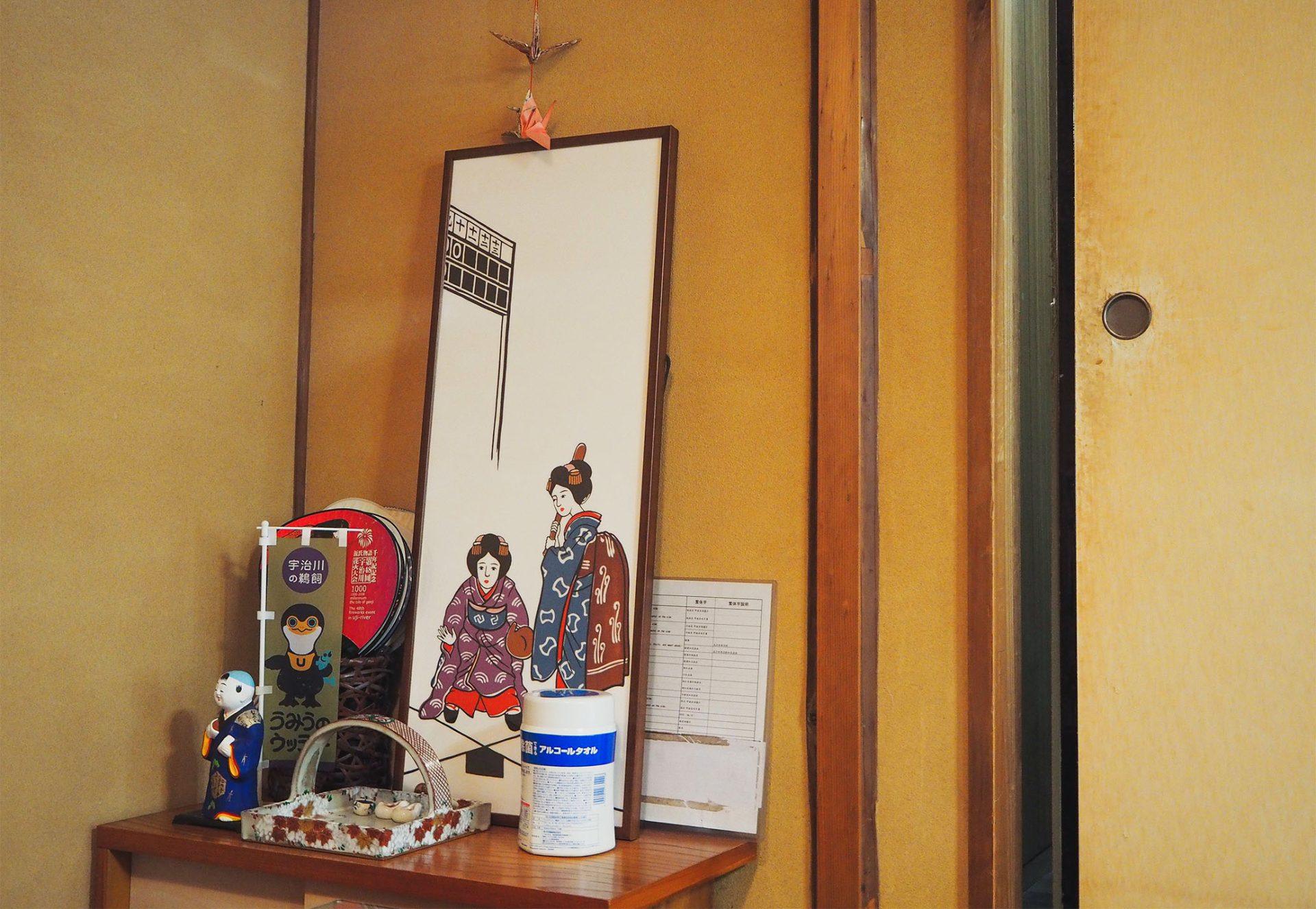
4 Principles of Japanese-inspired Design
Japandi interior design incorporates elements of both Japanese and Scandinavian design. The Japandi style has grown in favour in the United States and other countries. The Japandi style is seen as a tranquil approach to decorating a home that promotes calm. The style is based on combining the cultural essence of both locations into a single method.
Clean lines, rough-hewn materials, a neutral palette, and simple styling characterise Japanese design, which is rooted in simplicity and a connection to nature. There are numerous concepts of Japanese interior design, and if you are considering decorating your home with Japanese interior design, you have come to the right place.
We are one of the greatest interior design firms in Singapore, and we have a team of creative interior designers on our team. They are all well-versed in the concepts of Japanese interior design. So, here are some of the guiding ideas of Japanese interior design:

1. Sijaku:
This idea is concerned with incorporating both stillness and tranquillity into a living place. This concept has an impact on other ideas. Bringing nature inside and keeping things simple will improve the tranquillity of your home. Because balance is crucial in many aspects of Japanese culture, adding some sensory disturbance in the form of asymmetrical faults disrupts the silence slightly. Seijaku is achieved through achieving a balance between the other criteria.

2. Shizen:
Shizen is a philosophy that values the natural over the artificial. A balanced manufactured home will drown out and embrace the bulk of artificiality. It goes without saying that you should not go overboard with greenery, but all spaces should have some type of plant life. This not only increases the amount of oxygen in your home and humidifies the air, but it also heightens the sense of Seijaku that you’re attempting to instill. There are many various sorts of indoor plants to choose from, so they can be any of them. Some people choose to keep their gardens simple with only a few spider plants for simplicity of maintenance.

3. Kanso:
this approach emphasises simplicity and minimalism. This notion emphasises that the interior design of the home should be maintained simple and modest. This approach is based on the adage “less is more.” According to Japanese interior design, even storage space is limited to a bare minimum. “If you don’t need it, don’t keep it, and if you do, keep it in an orderly manner.” Keeping things organised improves life and mind clarity. This notion of simplicity is founded on clear and nearly empty spaces (ma).

4. Fukinsei:
this principle deals with asymmetry. While imagining a symmetrical home, you can visualise a standard western design. If you draw a straight, vertical line in the centre from certain angles, you might even get a mirror image on either side. Many people have long sought perfection, but you won’t find it in a Japanese home.To maintain balance, differences and conflicts are favoured over matching and conformity. In a Kanso-inspired environment, a little “oddness” will simply work as a balancer, improving the clarity. It’s fine if your minimalist furniture doesn’t match. Interior design flaws are cheerfully accepted and even appreciated in Japan.

